Ten years after the start of the Syrian war, the toll in death, destruction, and human misery is hard to acknowledge. The war is dragging on and the country remains divided geographically, politically, and by ethnicity and sects. The U.N., in 2021, documented over 350,200 deaths, calling it “an under-count of the actual number of killings” since the tally followed strict guidelines requiring the deceased’s full name, date of death, and location. Another tragic tally: Over half of Syria’s prewar population has been forcibly displaced, with over 6.8 million refugees and some 6.7 million internally displaced persons (IDPs).
Most of the refugees are in neighboring Jordan (670,000), Lebanon (844,000), and Turkey (3.65 million). These are the duly registered refugees. Jordan’s latest census counted 1.3 million Syrians, while Lebanon claims 1.5 million. Europe hosts over 1 million Syrian refugees, mostly in Germany (59 percent) and Sweden (11 percent). Turkey remains the world’s largest hosting country (over 4 million—92 percent Syrians) but, on a per capita basis, Lebanon and Jordan are first and second globally. Both countries also host other refugees, notably Palestinians—200,000 in Lebanese camps, under restrictions, and 2 million in Jordan, most as citizens.
Of Jordan’s 672,952 registered refugees, 19.5 percent live in camps (131,300)—almost all in Zaatari (81,000) and Azraq (43,934). The remaining 542,000 are mostly in Jordan’s urban areas, concentrated in Amman (26 percent), Irbid (18 percent), and Al Mafraq (12 percent). Adults numbered 314,000, equally distributed between men and women with 332,000 children. Those over 65 (27,000) were 4.1 percent of a population that grows monthly by roughly 2,000 babies.
Jordan continues to struggle economically. Since 2011, Jordan’s GDP and employment growth have averaged 2.4 percent annually, failing to keep up with its youthful workforce. Unemployment was 25 percent in early 2021 with youth unemployment at a record 48.1 percent. Central government debt was over 106 percent of GDP in late 2020, up 10 percentage points of GDP in just a year. It is a tough environment in which to receive large refugee populations.
Around 80 percent of Jordan’s Syrian refugees fall below the poverty line, and 60 percent of families are in extreme poverty. These numbers have increased due to the pandemic. Note that only 15 percent of Jordanians fall below the poverty line though this too has increased with the pandemic. The pandemic and its closures especially impacted sectors where refugees concentrate like tourism, construction, trade, and customer services. Livelihoods suffered as 68 percent of refugees saw the pandemic slash incomes. Many Syrians are heavily indebted with 55 percent of debts for basic needs. Many refugee gains have been reversed. Food security indicators are at 2014 levels. According to UNHCR, the U.N. Refugee Agency, “only 2 percent of refugee households can meet their essential food needs without any negative coping strategies, which include cutting down on meals, pulling children out of school, early marriage, and sending family members to beg.”
Schooling has also been challenging. In 2020 there were 145,000 Syrian refugees in Jordanian schools, most in double-shift schools. In 2017, over 40 percent of enrolled children were out of school. A recent report by Human Rights Watch highlights an increasingly lower enrollment rate. The culprits are poverty, lack of appropriate transportation, poor educational quality, low value of continuing education given Syrians’ limited employment opportunities, administrative enrollment barriers, and lack of accommodations for disabled children.
Secondary schooling is a breaking point in this challenging context. On primary schooling, the Jordanian government claims better than the global 63 percent enrollment rate for refugees. And while the government says that 30 percent of eligible Syrian students are enrolled in secondary school, other surveys point to 15 to 21 percent. Globally this number is 24 percent, underlining the global challenge. Even for those in school, the pandemic, its closures, and economic impact make accessing online education very difficult, encouraging more dropouts. The result is more child labor, child marriages, and stunted futures. Especially vulnerable are girls who are three times more likely to become child brides than they were in Syria.
Refugees also often confront complex medical challenges, including physical injuries and psychological trauma, all exacerbated by poor working, housing, and sanitary conditions. Many Syrians also face chronic ailments like hypertension, diabetes, cancer, etc. In 2013, Jordan’s Syrian refugees were granted free access to public primary health care and hospitals. By November 2014, overwhelmed, the government required Syrians to pay the noninsured Jordanian rate. Additional costs came in 2018 which doubled and quintupled some costs. The UNHCR does provide some additional support, but funding is a limiting factor. On COVID-19 vaccinations, refugees lag their hosts. By October 2021, 33 percent of Syrian refugees 12 and older living outside the camps were vaccinated; that number in the Zaatari and Azraq camps was 55 percent.
A 2018 UNHCR health survey repeated in 2021 provides useful comparisons. Awareness of available health care options had decreased from 2018’s 83 percent to just over 50 percent in 2021. Antenatal care access was widely available in both years, cost being the main challenge. Child vaccination rates were high in both years. Chronic disease incidences in 2021 had increased but 87 percent were unable to afford medicines versus 52 percent in 2018. A large percentage spent money on health care services in 2021 (77 percent) and 2018 (78 percent). Spending on health per month was virtually the same in both years at around 98 Jordanian dinars, which came to 44 percent of monthly income in 2021.
Aside from downward trends in livelihood, education, and health, key donor-funded programs like the World Food Program (WFP) cash-based support system also face funding shortfalls. In June 2021, the WFP announced that 21,000 refugees will no longer receive cash assistance due to a lack of funds and that 250,000 refugees may see reduced food assistance.
None of these trends is sustainable. The Syrians in Jordan will not return in significant numbers any time soon. Only 41,000 have returned voluntarily since 2018. Aside from the war’s physical and social devastation, economic conditions in Syria are abysmal, and human rights violations as brutal as ever–even targeting returnees with Syrian security clearances. Refugee resettlements in third countries are practically nonexistent with only 1 percent eligible and just 1,396 resettled in 2020.
Jordan has been largely spared the harsh anti-refugee rhetoric of Lebanon as well as Turkey’s anti-immigrant narratives. Yet a crisis may develop on the refugee front in Jordan if the declining trend in these indices isn’t arrested. It would be useful if a program was developed that preceded and preempted rather than coming in after the fact and reacting pell-mell to a crisis. A longer-term arrangement like the multiyear EU-Turkey deal on assisting refugees might work. Perhaps further opening Jordanian labor markets to refugees, or keeping more kids—especially girls—in school, in exchange for assistance would also benefit more vulnerable Jordanians. While getting EU members to accept more refugees is probably a non-starter in these days of Fortress Europe, supporting refugee-hosting countries may be a more viable option—especially so if effective programs like the WFP’s cash assistance program and ongoing educational and health programs are already on the ground and only need additional funding.

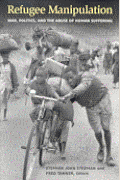

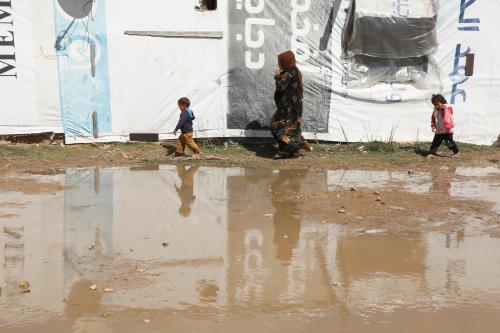
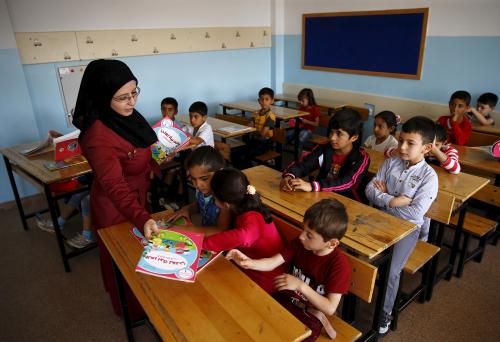
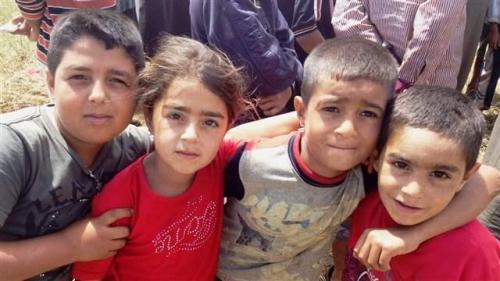

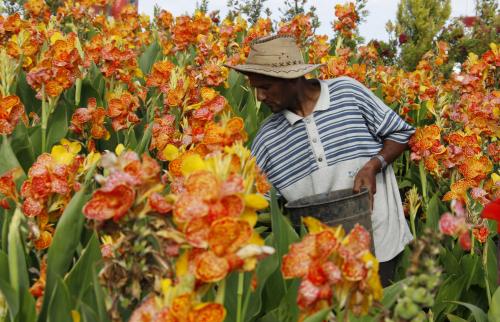
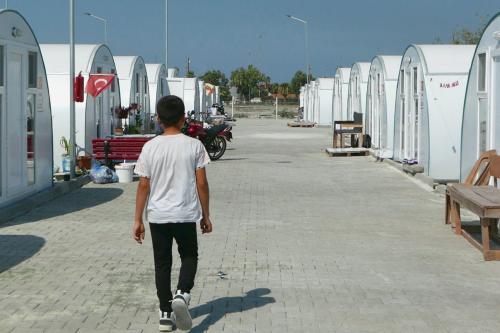
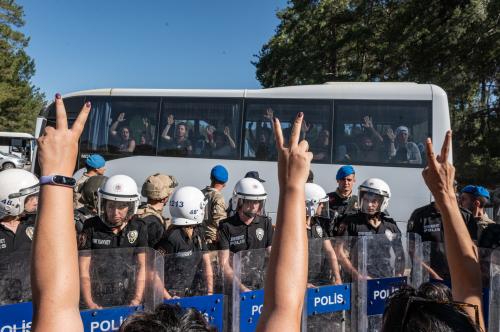
Commentary
Syrian refugees in Jordan: A decade and counting
January 27, 2022